By Mark McConville
EERIE images have revealed the tunnels that once acted as an underground RAF Lancaster-engine shadow factory during WW2 and a supposedly nuclear-proof Seat of Government HQ during the Cold War.
The haunting pictures show old kitchens, work bays and toilets as well forgotten equipment lurking in the endless dark spaces.

The Elusive / mediadrumworld.com
Other spooky shots show vast labyrinth of tunnels that must be navigated to find the old rooms, an emergency telephone and a retro computer.
The striking photographs were taken at Drakelow tunnels in Kinver, UK by an urban explorer known only as The Elusive.
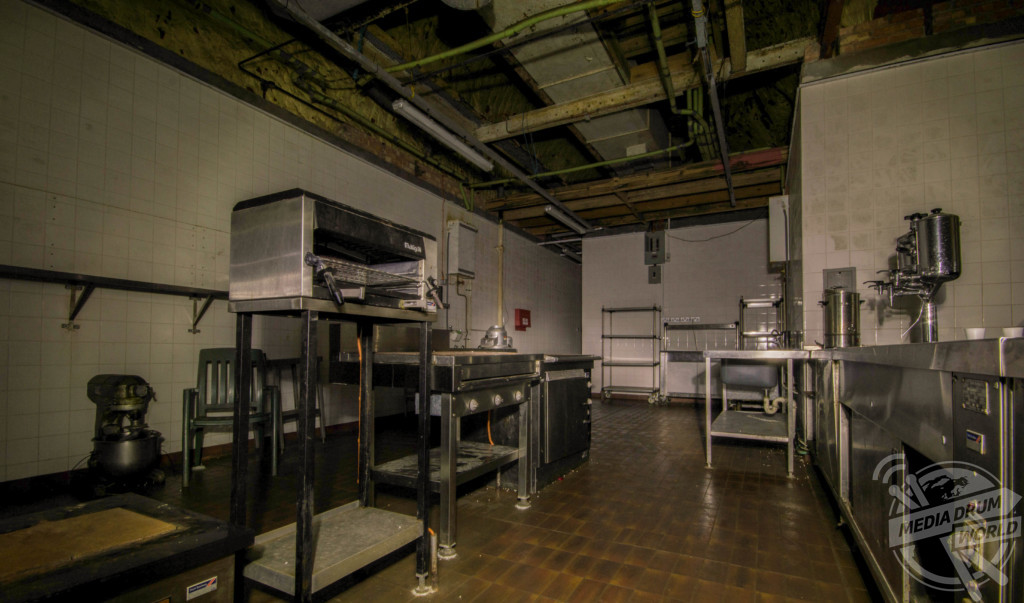
The Elusive / mediadrumworld.com
“There is history coming out of the darkness,” they said.
“This underground space was once a shadow factory in World War Two and then a Regional Seat of Government headquarters throughout the Cold War period.
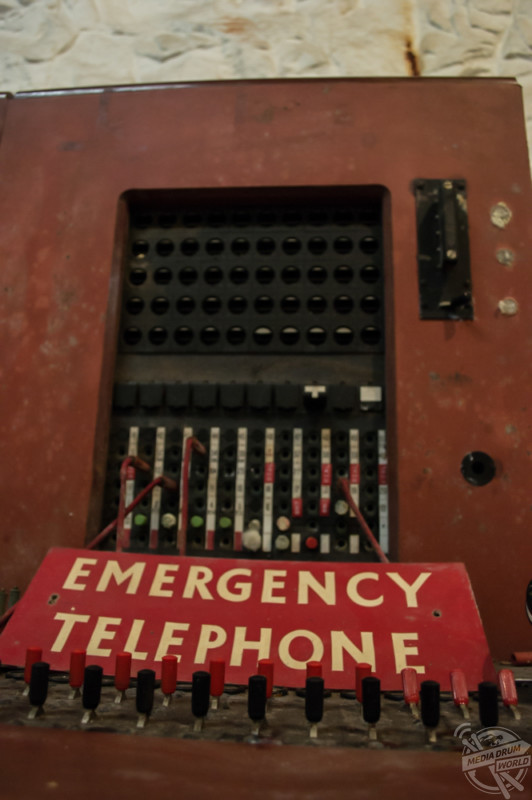
The Elusive / mediadrumworld.com
“Nothing makes you feel like you are exploring a place than stumbling around in the dark. Whilst most folks wouldn’t want to be left alone in a space like this I love it.
“You literally cannot see a hand in front of your face so you get a great sense of achievement when you have captured something your eyes can’t see and it lights up the back of your camera like a secret world.

The Elusive / mediadrumworld.com
“There are many paranormal groups that have and continue to come down to the tunnels with their guests to do investigations so from that I can only conclude there must be a reason for this.”
The Drakelow Tunnels are a former underground military complex beneath the Kingsford Country Park north of Kidderminster, Worcestershire, covering 280,000 sq ft with a total length of around 3.5 miles.
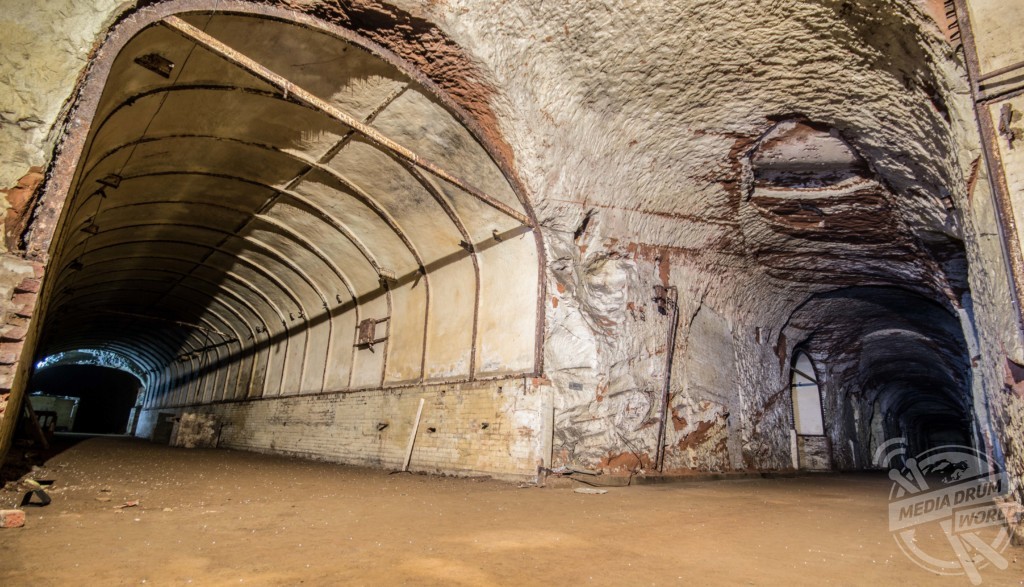
The Elusive / mediadrumworld.com
In mid-April 1941, the Ministry of Aircraft Production informed the Treasury of their intention to build an underground factory for use by “one of the engine or gun factories in the Coventry or Birmingham area”.
The cost of the facility was estimated at £285,000. By early July 1942 work was well behind schedule and costs had risen to £983,000. Shortly before that date, the Rover car company was selected as the user of the factory.
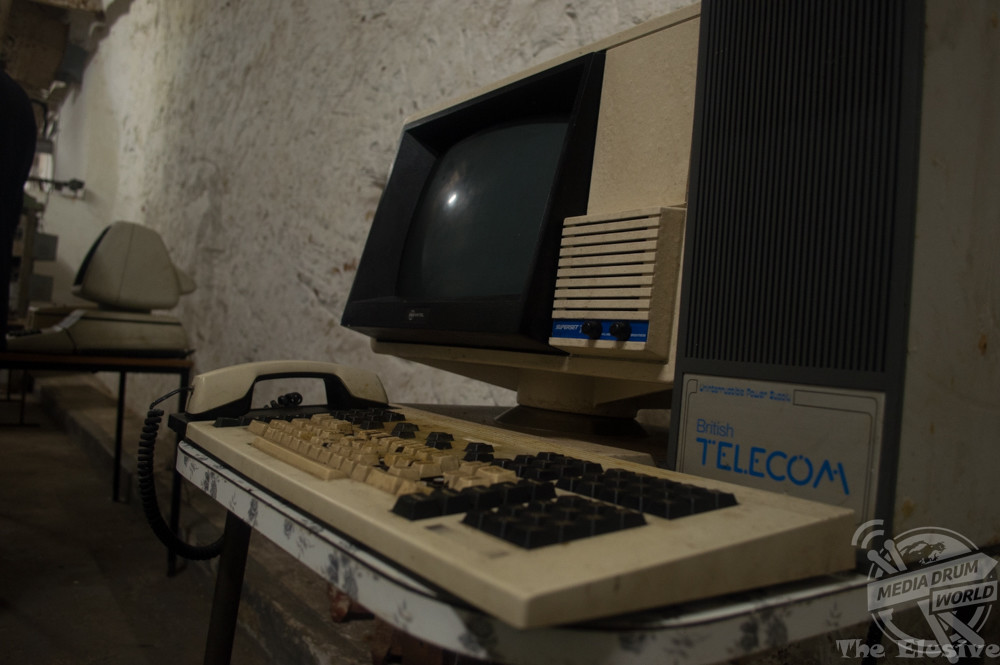
The Elusive / mediadrumworld.com
Rover were at the time manufacturing engines for the Bristol Aeroplane Company. It was also intended to supply components to Rover’s main shadow factories at Acocks Green and Solihull, to supply spare parts, and to act as a backup facility if either of the main shadow factories was damaged by enemy action.
The cost to complete was estimated at a further £184,000; Rover’s requirements included acid-resistant floors and specially painted walls in production areas.
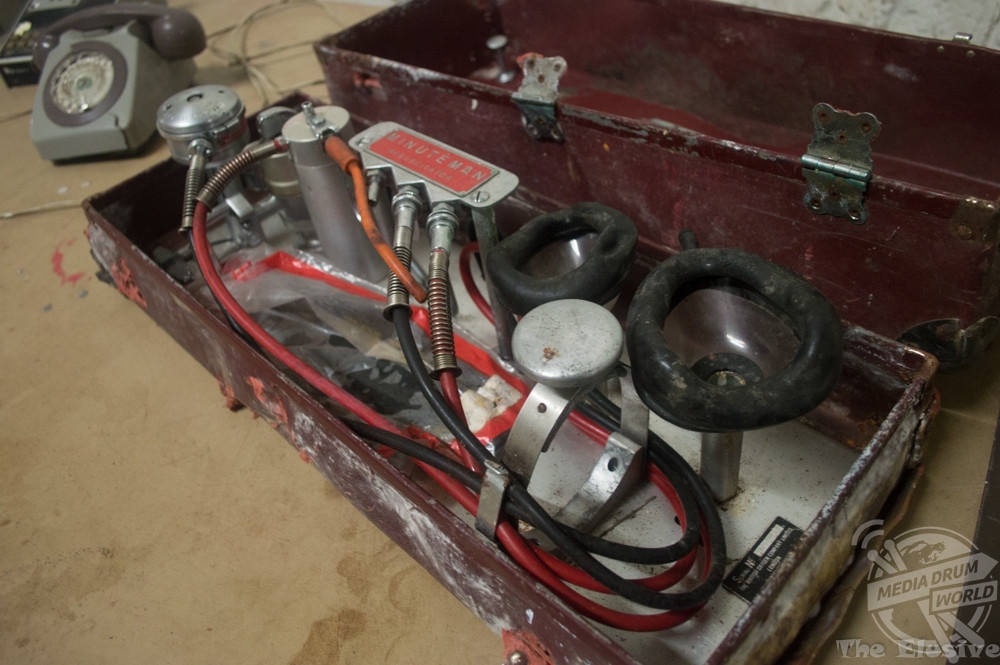
The Elusive / mediadrumworld.com
“This location hidden away underneath a country park is the reason why I started photography,” added The Elusive.
“I first came here for a tour of the place, fell in love with how it feels down there and have been a volunteer there ever since. I’ve been with the team now for nearly five years and upon occasion have been allowed to document some of the 250,000 sq ft.
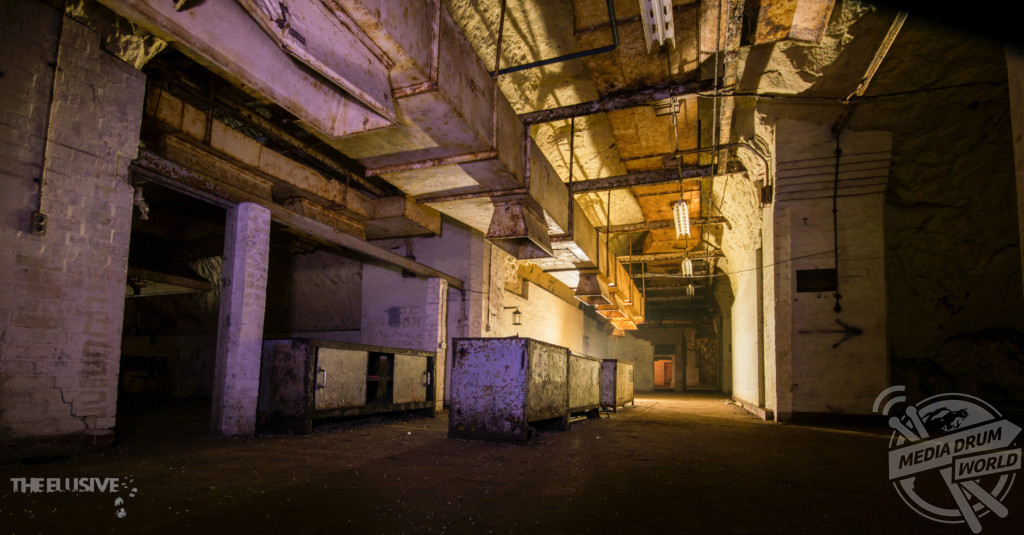
The Elusive / mediadrumworld.com
“There is no light down there and electrical equipment can be temperamental at best down here; things don’t work or go flat or misbehave.”
In April 1945 only a month after Centaurus production was ceased at Drakelow, approval was given for the production of the Bristol Hercules Radial Engine parts.
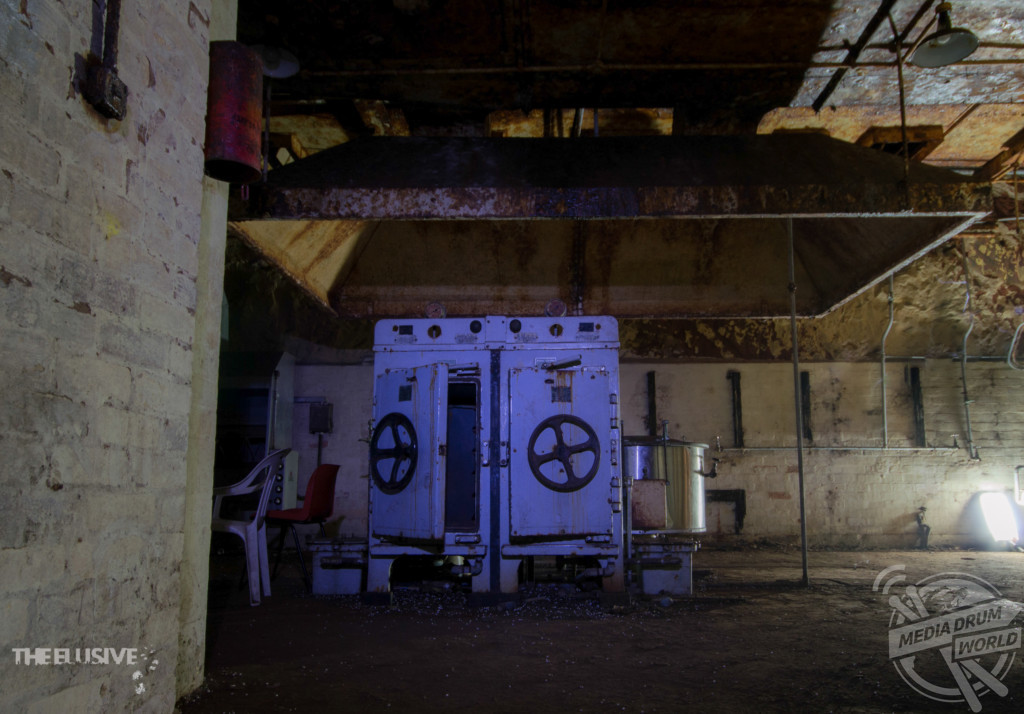
The Elusive / mediadrumworld.com
The Hercules was introduced in 1939 as the 1,290hp Hercules I, this was followed by the 1,375hp Hercules II, and mass produced war version Hercules VI capable of delivering 1,650hp. The late war version was the 1,735hp Hercules XVII. The Hercules was fitted in the following aircraft: Bristol Beaufighter, Armstrong Whitworth Glider Tug, Handley Page Halifax Bomber, Saro Lerwick Flying Boat, Short Seaford Flying Boat, Short Stirling Bomber, Vickers Wellesley, Vickers Wellington Bomber and Avro Lancaster B.II Bomber. The Hercules was also used in military and civillian aircraft after the war.
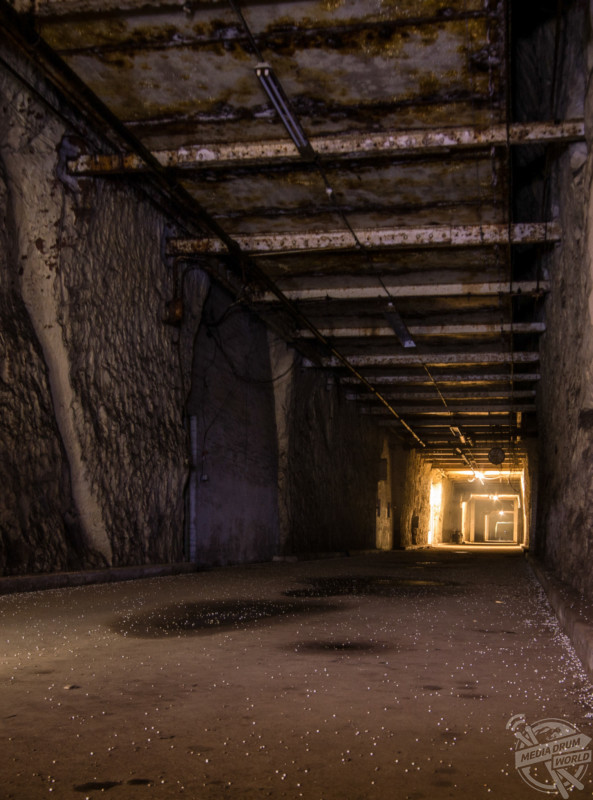
The Elusive / mediadrumworld.com
Production of Bristol Hercules parts began at Drakelow in April 1945, by the 16th June the stores were already filled with various components which included spark plug adapters and stationary gear studs, sadly thirteen days later on the 29th June, Bristol informed the Board at Rover that the manufacture of Hercules parts was no longer needed as the contract was to be cancelled. Unfortunatley no records exhist to show how many parts Drakelow produced for the Hercules program.
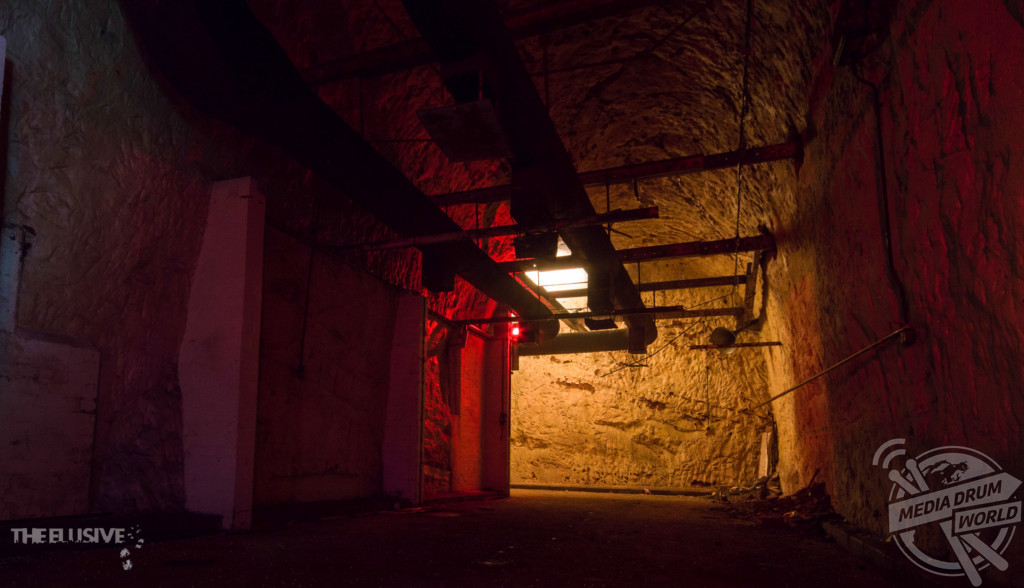
The Elusive / mediadrumworld.com
In 1961 the British Government converted half of the tunnels into a top secret facility, designated: Regional Seat of Government 9. Drakelow, along with 12 other facilities scattered across the U.K. formed a national network of highly classified Nuclear Bunkers, that the British Government would operate the country from, in the event of Nuclear War.
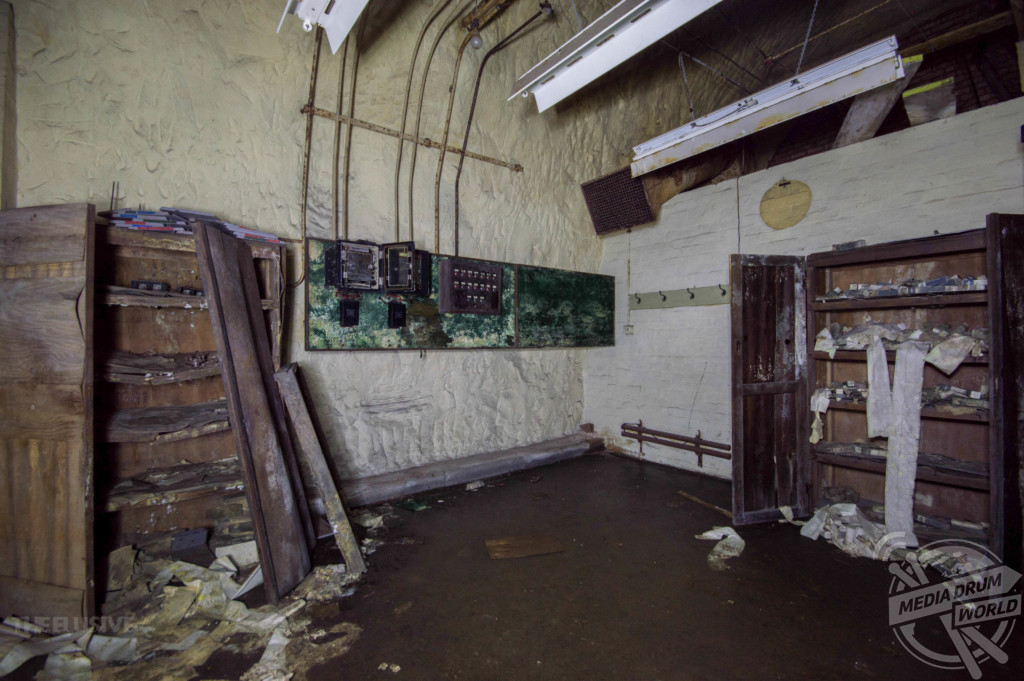
The Elusive / mediadrumworld.com
In 1980, Drakelow was re-designated: Regional Government Headquarters 9.2. Tunnels were also upgraded and Blast Doors and Air Locks installed to bring the complex up to full Nuclear Bunker status.
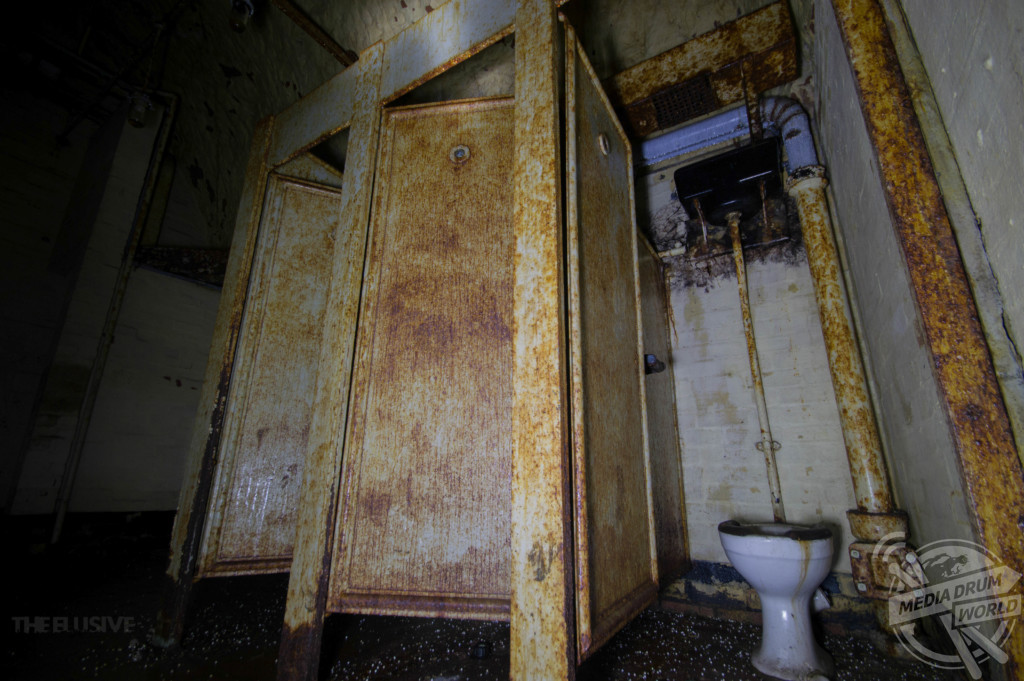
The Elusive / mediadrumworld.com
“Throughout the 1980s Drakelow operated under complete secrecy until the end of the Cold War in 1990. In 1993, the Ministry of Defence deemed the facility surplus to requirements, and the entire complex was decommissioned and sold.
For more information see www.mediadrumworld.com










